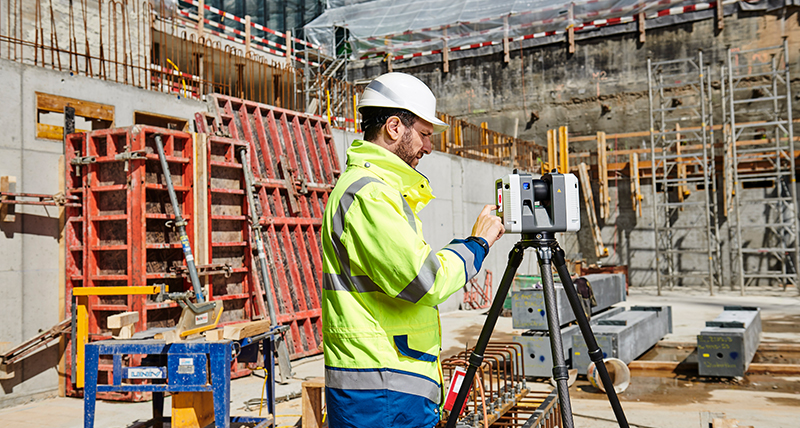From homicides to traffic collisions, three-dimensional laser scanners are seen as a remarkable technology to enhance the effectiveness and efficiency of crime investigation, subsequent expert testimony and crash reconstruction.
What are Laser scanners?
Laser scanners provide a new method to collect, store, and present crime scene information that enhances on the methods that are presently used by most of the departments spread all over the country. From precise measurements to effective trial testimony, three-dimensional laser scanners have become an inevitable requirement of any investigation toolkit.
3D laser scanning services offers solid scientific measurement and data that is more trustworthy as it doesn’t have that similar level of manual work as in case of conventional methods.
How does 3D laser scanner improve investigator workflow?
One of the important advantages of the three-dimensional laser scanner is reduction of the time required for investigating professionals to fully eliminate a crime while capturing a lot of data. 3D laser scanner has the ability to capture data accurately.
For small scenes, to set up a three-dimensional laser scanner requires close to ten minutes of time. Preparation time scales depends on the complexity and size of the crime scene, so in case of a multi-room house, it will take a longer time. However, the scan takes only minutes. For departments and investigators, this implies lesser number of workplace hours or, a greater number of scenes being processed.
It also implies fewer people to be sent to process each crime scene, which can significantly enhance the efficiency of processing of scene section-wide. It proves to be beneficial for agencies on budget.
Enhances officer safety at the site
Besides efficiency, there are a few other advantages for departments that are searching to use a three-dimensional laser scanner. It is true when applied in the field of accident reconstruction.
3D laser helps in rapidly clearing a collision, especially on a busy street. This can lower the possibilities of officer injury. Roadside accidents are the commonest means by which officers get injured at the workplace. Reducing the time incurred at the site in gathering the proof from a criminal act results in fewer probabilities of injury in those situations.
3D laser also helps in lowering the level of congestion and traffic caused due to the examination of the crime scene. This has a wide range of effects not only on the department but also on citizens too. Traffic multiplies and when the roadway remains busy for a longer time due to an accident, then the possibilities for the occurrence of collisions and accident increases.
Preserves evidence digitally
The proof gathered at the crime scene using the three-dimensional laser scanner gets preserved digitally. This implies that investigators can easily use the accumulated crime scene data to perform the investigation.
For investigators who operate without the assistance of laser scanners, if they miss taking any measurements at the crime scene can be easily lost forever. 3D scanners aids in digitally preserving crime scene that would help investigators to go back and obtain the measurements at any time they require.
Conclusion
Whether it is used at key crime scenes, like reconstruction of traffic accident and homicides, three-dimensional laser scanners transform the method of proof collection, courtroom presentation and scene analysis.











Comments are closed.